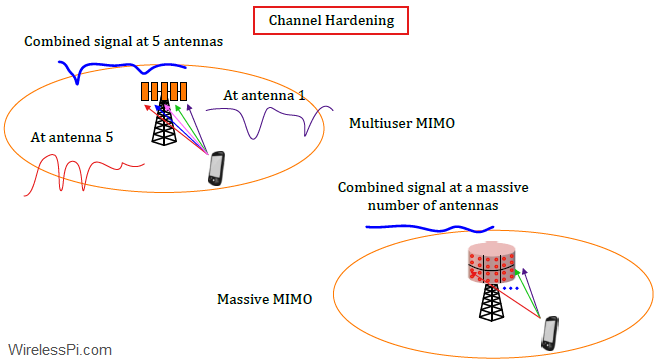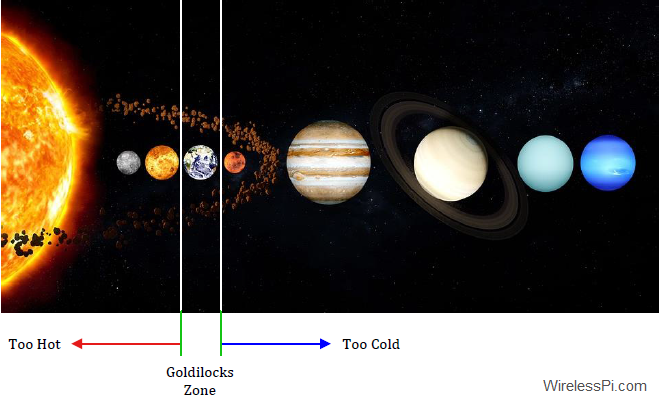Imagine an alien race looking at our planet from outside the solar system through a lens of time. They will notice one unmistakable direction. Our pursuit of MORE in everything. This tendency might be ingrained in the fundamental idea of life itself. To live is to grow. While our dreams for faster transportation face mechanical roadblocks from the laws of physics, technologies for faster communication are only bound by the laws of electromagnetics. Ever since we linked digital electronics to information exchange from one point to another without any physical medium, on-demand reception and transmission of data at any place
Continue reading



